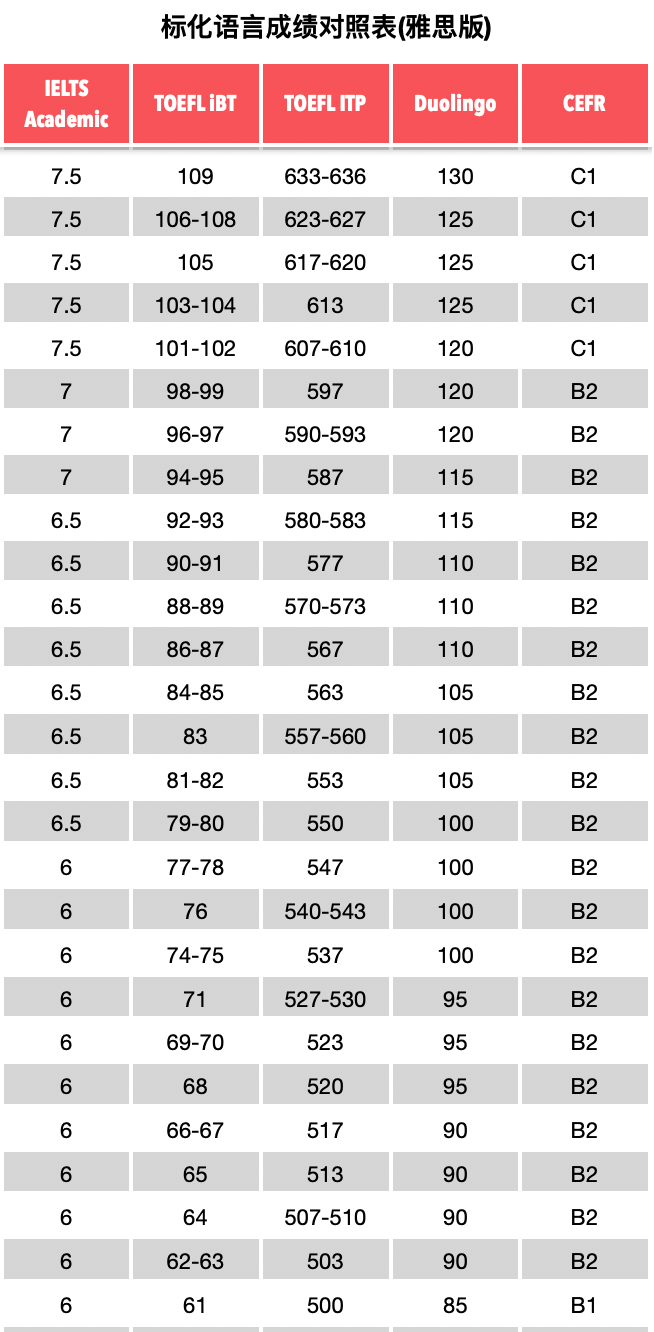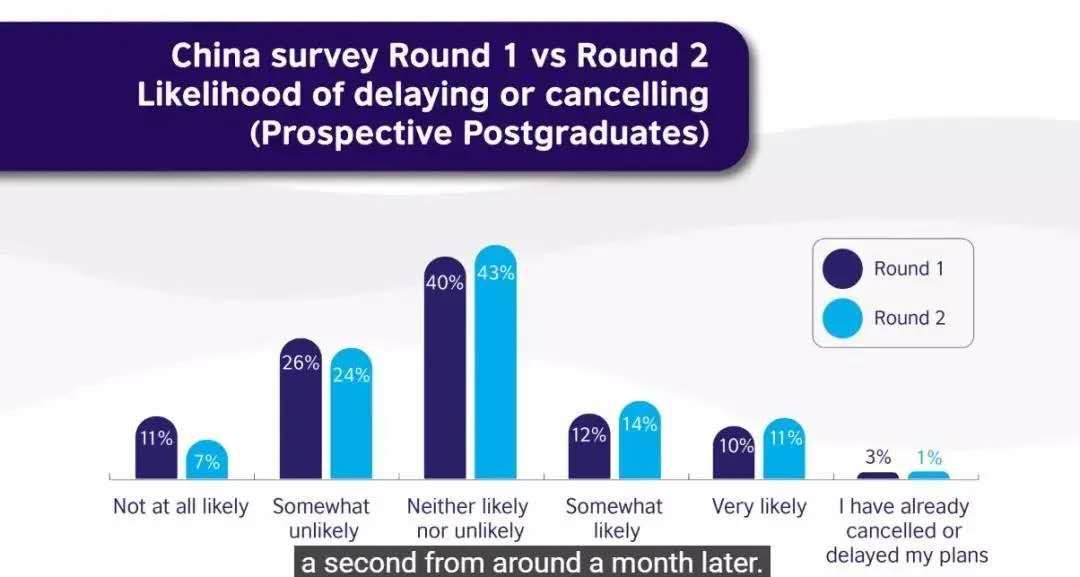雅思考试三种类别, 该如何选?今天小编给大家带来雅思考试三种类别 ,希望能够帮助到大家,下面小编就和大家分享,来欣赏一下吧。
雅思考试三种类别 该如何选?
我们先给大家梳理一下雅思考试的3种类型,分别是:
1. IELTS
也就是我们平时所说的普通雅思,分为A类和G类。A类是学术雅思,大多数去英国读本科、硕士的同学接触特别多的就是这类雅思考试。
G类是培训类雅思,考这种雅思的人一般是去英国参加工作,或者是去接受培训及非文凭类课程的移民。
2. IELTS for UKVI
英国移民及签证的雅思考试,从2015年4月开始,英国签证与移民局(UK Visas and Immigration ,UKVI)实施签证类安全英语语言考试新政。
用于英国签证及移民的雅思考试是英国签证和移民局对特定类型的英国签证申请所开设的考试。 IELTS for UKVI考试内容和普通雅思是一样的,就是价格贵一点儿。
3. IELTS(Life Skills)
第3种雅思考试是雅思生活技能类考试。这个主要是给为了移民到英国的技术人员,或者去英国投资的土豪们设置的,考试形式很简单,只考查口语及听力水平。
总的来说,英国签证及移民的雅思考试(UKVI)和普通的雅思相比,其考试内容, 形式, 难度等级, 考官及评分标准等均与普通雅思考试相同。不同的地方除了考试成绩单的长相以外,还有的就是考试前更加繁琐的流程。
如果不知道自己是选择普通雅思,还是UKVI,请往下看:
(1)学生如果是达到无条件录取的语言要求,去英国直接就读本科,硕士,博士学位课程,就读的英国院校具有“高度可信担保方”身份,只需提交校方所要求的英语语言水平证明,包括雅思成绩等。
如果是雅思成绩,在中国的雅思考点都是认可的,选择普通的“雅思考试(IELTS)学术类”。
(2)学生如果是去英国就读非学位课程,如:搭配的语言课程,本科预科、大一文凭课程、硕士预科课程等,必须遵循UKVI的新规定,学生必须在被授权提供用于英国签证及移民的雅思考试(IELTS for UKVisas and Immigration)的考点参加考试,也必须在报名时就明确考试目的。
雅思阅读全真练习系列:Search begins for 'Earth' beyond solar system
Search begins for 'Earth' beyond solar system
1. A European spacecraft took off today to spearhead the search for another "Earth" among the stars.
2. The Corot space telescope blasted off aboard a Russian Soyuz rocket from the Baikonur cosmodrome in Kazakhstan shortly after 2.20pm.
3. Corot, short for convection rotation and planetary transits, is the first instrument capable of finding small rocky planets beyond the solar system. Any such planet situated in the right orbit stands a good chance of having liquid water on its surface, and quite possibly life, although a leading scientist involved in the project said it was unlikely to find "any little green men".
4. Developed by the French space agency, CNES, and partnered by the European Space Agency (ESA), Austria, Belgium, Germany, Brazil and Spain, Corot will monitor around 120,000 stars with its 27cm telescope from a polar orbit 514 miles above the Earth. Over two and a half years, it will focus on five to six different areas of the sky, measuring the brightness of about 10,000 stars every 512 seconds.
5. "At the present moment we are hoping to find out more about the nature of planets around stars which are potential habitats. We are looking at habitable planets, not inhabited planets. We are not going to find any little green men," Professor Ian Roxburgh, an ESA scientist who has been involved with Corot since its inception, told the BBC Radio 4 Today programme.
6. Prof Roxburgh said it was hoped Corot would find "rocky planets that could develop an atmosphere and, if they are the right distance from their parent star, they could have water".
7. To search for planets, the telescope will look for the dimming of starlight caused when an object passes in front of a star, known as a "transit". Although it will take more sophisticated space telescopes planned in the next 10 years to confirm the presence of an Earth-like planet with oxygen and liquid water, Corot will let scientists know where to point their lenses.
8. Measurements of minute changes in brightness will enable scientists to detect giant Jupiter-like gas planets as well as small rocky ones. It is the rocky planets - that could be no bigger than about twice the size of the Earth - which will cause the most excitement. Scientists expect to find between 10 and 40 of these smaller planets.
9. Corot will also probe into stellar interiors by studying the acoustic waves that ripple across the surface of stars, a technique called "asteroseismology".
10. The nature of the ripples allows astronomers to calculate a star's precise mass, age and chemical composition.
11. "A planet passing in front of a star can be detected by the fall in light from that star. Small oscillations of the star also produce changes in the light emitted, which reveal what the star is made of and how they are structured internally. This data will provide a major boost to our understanding of how stars form and evolve," Prof Roxburgh said.
12. Since the discovery in 1995 of the first "exoplanet" - a planet orbiting a star other than the Sun - more than 200 others have been found by ground-based observatories.
13. Until now the usual method of finding exoplanets has been to detect the "wobble" their gravity imparts on parent stars. But only giant gaseous planets bigger than Jupiter can be found this way, and they are unlikely to harbour life.
14. In the 2010s, ESA plans to launch Darwin, a fleet of four or five interlinked space telescopes that will not only spot small rocky planets, but analyse their atmospheres for signs of biological activity.
15. At around the same time, the US space agency, Nasa, will launch Terrestrial Planet Finder, another space telescope designed to locate Earth-like planets.
(615 words)
Choose the appropriate letter from A-D for question 1.
1. Corot is an instrument which
(A) can help to search for certain planets
(B) is used to find planets in the orbit
(C) can locate planets with human beings
(D) can spot any planets with water.
Do the following statements agree with the information given in the reading passage? For questions 2-5 write
TRUE if the statement agrees with the information
FALSE if the statement contraicts the information
NOT GIVEN if there is no information on this in the passage
2. Scientists are trying to find out about the planets that can be inhabited.
3. BBC Radio 4 recently focuses on the broadcasting of Corot.
4. Passing objects might cause a fall in light.
5. Corot can tell whether there is another Earth-like planet.
Based on your reading of the passage, complete the sentences below with words taken from the passage. Use NO MORE THAN THREE WORDS for each answer.
With measurements, scientists will be able to search for some gaseous and rocky planets. They will be extremely excited if they can discover some small 6. __________, the expected number of which could be up to 7. __________ .
Corot will enable scientists to study the 8. __________ of stars. In this way, a star’s mass, age and chemical composition can be calculated.
According to Prof Roxburgh, changes in light can be caused by passing planets or star 9. __________. The related statistics can gain us a better 10. __________ of the star formation and evolvement.
Observatories have found many exoplanets, which are 11. __________ other stars than the Sun. The common way used in finding exoplanets can only detect huge gas planets, which do not 12. ___________ .
With the launching of Darwin, astronomers will be able to analyse whether those rocky planets have 13. __________ for life.
雅思考试三种类别该如何选
上一篇:雅思成绩单及寄送注意事项






